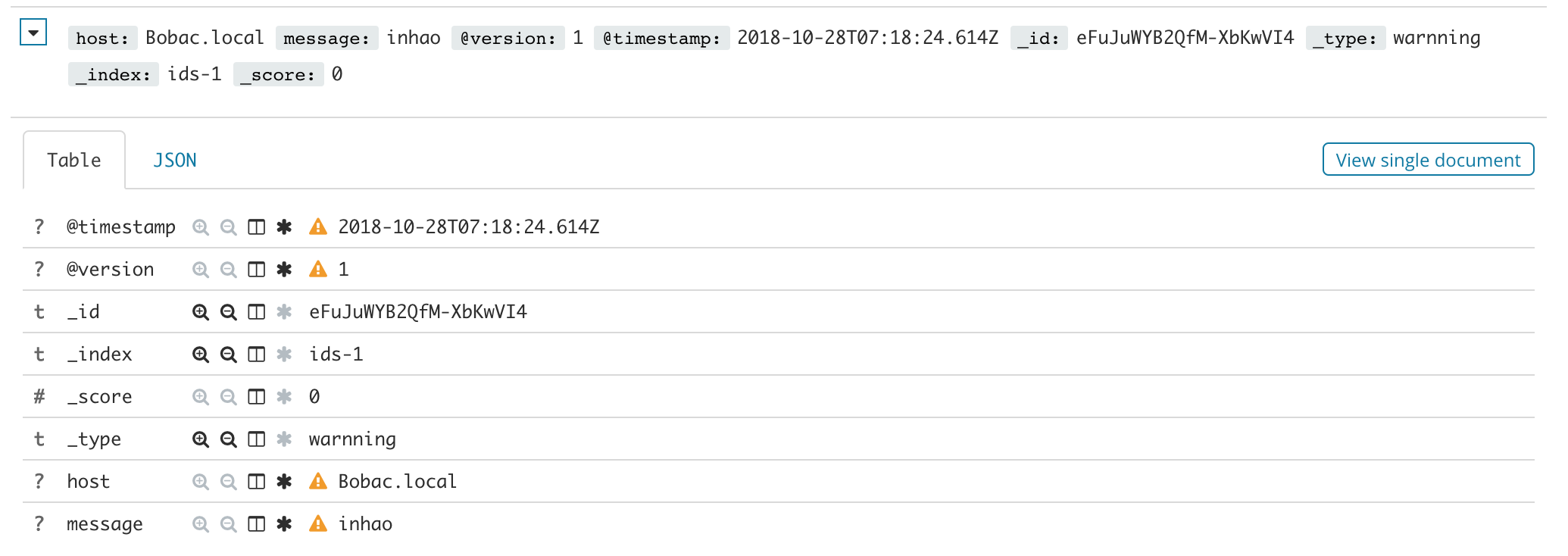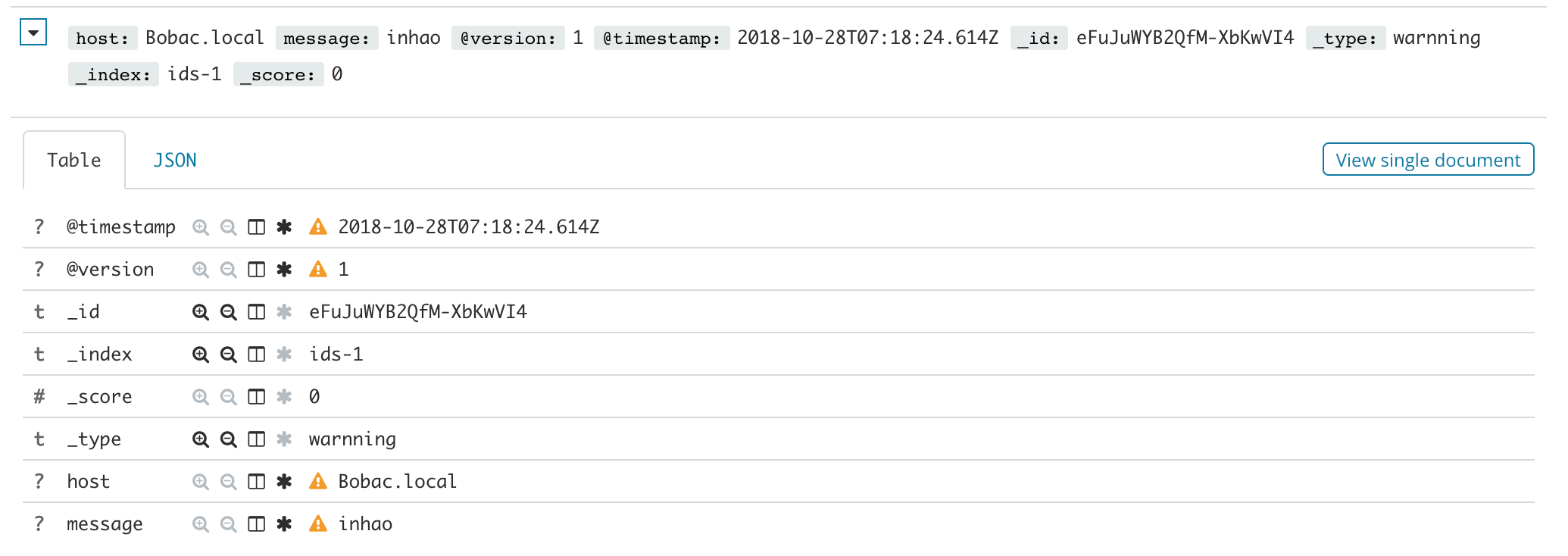
ELK系列五:Logstash输出到Elasticsearch和redis - 土拨鼠不再挖洞
2018-10-28 15:24:0 Author: www.cnblogs.com(查看原文) 阅读量:4 收藏
2018-10-28 15:24:0 Author: www.cnblogs.com(查看原文) 阅读量:4 收藏
1、Logstash与Redis的读写
1.1 Logstash 写入Redis
看完Logstash的输入,想必大家都清楚了Logstash的基本用法,那就是写配置文件。
output{
{
redis {
host => ["127.0.0.1:6379"] #这个是标明redis服务的地址
port => 6379
codec => plain
db => 0 #redis中的数据库,select的对象
key => #redis中的键值
data_type => list #一般就是list和channel
password => 123456
timeout => 5
workers => 1
}
}
}
其他配置选项
reconnect_interval => 1 #重连时间间隔
batch => true #通过发送一条rpush命令,存储一批的数据,默认为false,也就是1条rpush命令,存储1条数据。配置为true会根据一下两条规则缓存,满足其中之一时push。
batch_events => 50 #默认50条
batch_timeout => 5 #默认5s
# 拥塞保护(仅用于data_type为list)
congestion_interval => 1#每多长时间进行一次拥塞检查,默认1s,如果设为0,则表示对每rpush一个,都进行检测。
congestion_threshold => 0 #默认是0:表示禁用拥塞检测,当list中的数据量达到congestion_threshold,会阻塞直到有其他消费者消费list中的数据


1.2 补充,从redis中获取数据到Logstash
input {
redis {
codec => plain
host => "127.0.0.1"
port => 6379
data_type => list
key => "input"
db => 1
}
}
output{
redis{
codec => plain
host => ["127.0.0.1:6379"]
data_type => list
key => logstash
}
}

2、Logstash 写入Elasticsearch
output{
elasticsearch {
hosts => ["http://127.0.0.1:9200"]
index => "ids-1"
document_type => warnning
}
}


其他配置项
output {
elasticsearch {
hosts => ["127.0.0.1:9200"] #elasticsearch的索引
action => index #有几个动作,index,create,create、update
cacert => /xxx #验证证书合法性
codec => plain
doc_as_upsert => false
document_id => 1 #id号
document_type => xxx #文档类型
flush_size => 500 #满500刷磁盘
idle_flush_time => 1 #满1s刷自盘
index => logstash-%{+YYYY.MM.dd} #索引名字
keystore => /xxx
keystore_password => xxx
manage_template => true
max_retries => 3 #失败重连次数
password => xxx
path => /
proxy => xxx
retry_max_interval => 2
sniffing => false
sniffing_delay => 5
ssl => false
ssl_certificate_verification => true
template => /xxx
template_name => logstash
template_overwrite => false
timeout => 5 #超时
user => xxx
workers => 1
}
}
文章来源: https://www.cnblogs.com/KevinGeorge/p/9865741.html
如有侵权请联系:admin#unsafe.sh
如有侵权请联系:admin#unsafe.sh